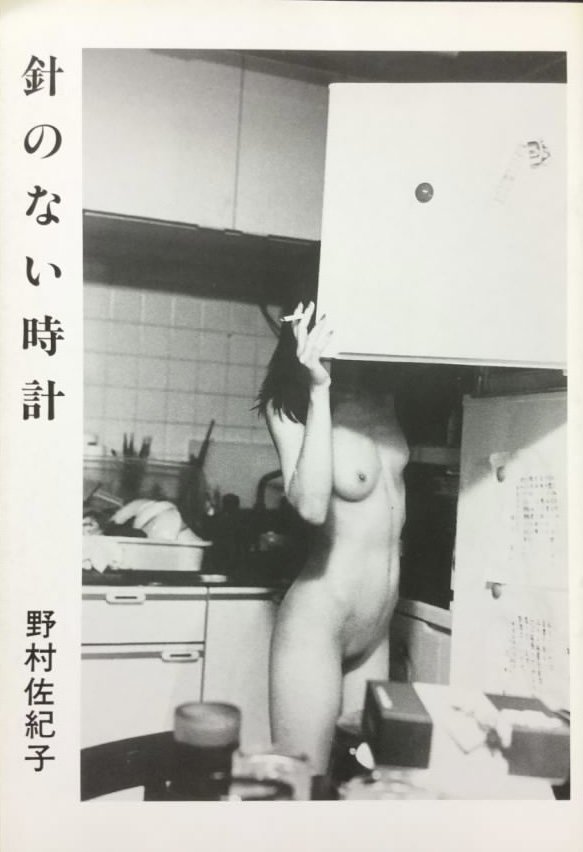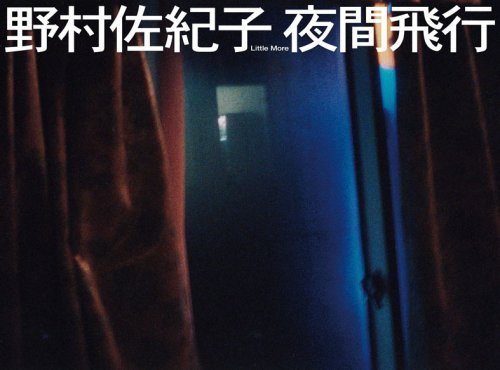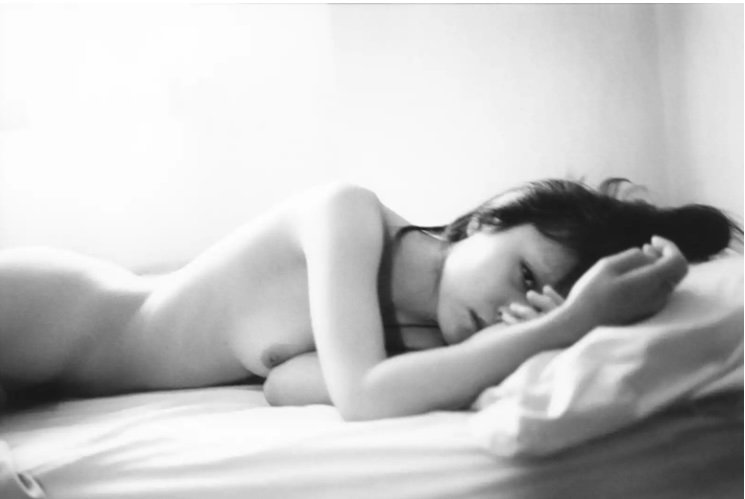Sakiko Nomura - Photobooks 1993 ~ 2014 (a rough guide)
By Robin Titchener
Published 8/8/2022 6am PST
This Review was Produced for Photobook Store UK Magazine 2015,
Mirrored Society is Co-Publishing this article.
This was my first ever photo book article. I sent it to Martin Amis at Photobook Store way back in 2015 and the first steps on a continuing path were taken.
The demise of the PBS magazine (although I’m happy to confirm that the majority of the magazine’s’ content can still be read at photoeditions.co.uk) combined with the fact that Ms Nomura is now something of a known quantity I though I would re post it here.
So it has been somewhat buffed, but essentially left as it was.
I first encountered across Sakiko Nomura about ten years ago, having seen her namechecked in an article about Nobuyoshi Araki. I was quite surprised when I finally was able to view her work, as I felt that if anything it had more in common with Araki's contemporary Daido Moriyama, and whilst I know artists do not generally like comparisons (who cares, it helps newcomers) anybody with a liking for the portraits of Todd Hido, Tomio Seike and Alfred Steiglitz may find enough to stimulate here.
My first acquisition was a copy of Tsukuyomi from Japanese publisher Match & Co. Even now, probably my favourite of all her books. An unassuming, slender publication, comprising just twenty four pages and twelve pictures of pure perfection. One image per page. A delicate work on a pale cream paper that allows each image room to breath and be appreciated. A wonderful example of the book as an object, and its subject coming together in perfect harmony.
Since those days Ms. Nomura's work has grown in scope, grandeur and ambition and although much has been made of the fact that she chosen to focus on the male nude as her subject, it should be noted that prior to the formal recognised book releases, her first publication (as far as I am aware) was a slender zine published in 1993 in an edition of 500 copies entitled Clock With No Hands. This little gem comprised female portraits and nudes.
The signature styling was already in place, but the subject was yet to find its focus.
This was soon to be rectified with her early elusive titles Hadaka no Heya - Naked Room (1994 Aat Room), which was her first official release. A collection of monochrome images of male models relaxing in what appears to be changing or locker rooms. and Hadaka no Jikan - Naked Time (1997 Heibonsha), the first example of a full no expense spared case bound hard cover.
This volume featured a format to be revisited and repeated over the coming years and is a stunning example of her subtle mastery of the male nude.
With regard to books that have become more widely known, for example the smaller softcover Ai No Jikan (2000 BPM) and the privately published Kuroneko/ Black Cat (2002 Taka Ishii Gallery) her subjects expanded and portraits of women, children and even (as the name would suggest) cats began to take their place as subjects.
I only mention this because it is unfair to try and pigeon hole her work. Even the term nude could be taken to task, as the shadowy nature of the work moves these about as far away from the conventional idea of a nude as you can get. These are small intimate moments. Warm, sensual and relaxed images that hint of a friendship and familiarity between sitter and artist rarely seen, and even more rarely captured.
In 2008 Akio Nagasawa Publishing released the majestic Kuroyami / Black Darkness, a book that I love and hate in equal measures . The artists eye opens to include both city and landscapes, blurred, dark, rainy mood pieces that are juxtaposed with hotel rooms and their shadowy inhabitants.
Breath taking stuff....so why hate ?
Well, this is more a criticism of the designers and publishers. To give us these beautiful large format images, and then present them in such a way that the book can never be opened to fully take in their scope and breadth is a crying shame (a similar fate befell the earlier Hadaka no Jikan).
Fewer images, more gate folds would always be my preference.
In the same year Little More published Night Flight, and grainy colour properly entered the frame. In fact Night Flight was Nomura’s first title to showcase an entire portfolio of colour images, which for the project she employed a micromini camera called Spy Camera and the use of colour if anything intensifies, warms and humanises these abstract pictures.
In the last couple of years the world finally seems to be waking up to the sinuous delights of Ms Nomura, 2012 saw the gorgeous essential limited retrospective, Nude/A Room/Flowers from Match, and so far this year Libro Arte have given us two limited publications, the slender Hotel Pegasus featuring new colour work and Sex/Snow (my new contender for favourite). Abstract anonymous hotels, unforgiving winter storms, hints of journeys taken.
The images maybe getting a little more defined and crisp, but the signature is still there....and as for being referred to as Araki's disciple. Well I think it's about time for Sakiko Nomura to step out of her own shadows.
ABOUT THE WRITER
In 1988 Robin Titchener stepped into The National Portrait Gallery in London to get out of the rain.
Robin saw a collection of Robert Mapplethorpe that was currently on view then purchased a ticket, not knowing who he was.
”I was blown away by the collection of images on display, and after finishing with the exhibition I went into the book shop to pick up a copy of the catalogue.....and a collection was born.”
”For the last thirty years, Robin has been collecting photo books (monographs as they were then) based purely on my taste and instinct. It has been an organic journey of discovery that is still ongoing.
”I hope that you will care to join me as I share with you thoughts on some of my favourites”













